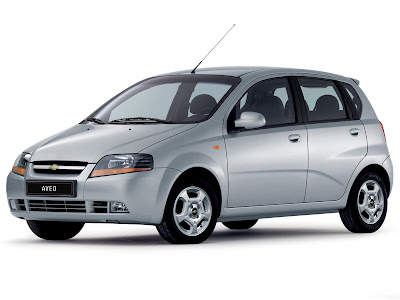Daewoo's now disbanded Worthing Technical Centre in the UK conducted the initial research and platform engineering, with Daewoo's main Technical Center in Bupyong, Incheon, South Korea completing the majority of the later development programme. Daewoo engineers refined the chassis in Britain, on the proving ground at Motor Industry Research Association near Nuneaton, UK. Long-term testing covered nearly 2.2 million kilometers (1.4 million miles) with further testing outside South Korea on test sites in Arjeplog, Sweden; Granada and El Vendrell, Spain; Kapuskasing, Canada and Beijing, China. According to an April, 2003 GMDAT press release, Daewoo built 119 prototypes during the Kalos's design and development, crashing 31 for research and data-gathering purposes, and manufacturing 39 pilot production vehicles to verify standards and quality.
The body's sheet metal panel gaps were kept to 3 mm (0.1 in) and all but the roof panel were galvanized steel. 46% of the Kalos' underlying structural components were produced with high-strength steel, with tailor-welded blanks used in the production of the vehicle to put strength where needed while saving weight. The front suspension used MacPherson struts with offset coil springs and a stabilizer bar, while the rear featured a semi-independent torsion beam axle.
The body featured a drag coefficient of 0.35, with a frontal area of 2.16 m2 (23.3 sq ft) giving aerodynamic resistance of 00.74 m2 (8.0 sq ft). All Kalos iterations featured high H-point seating within a relatively narrow, short and high-roofed body that combined a long wheelbase with short front (81 cm/32 in) and rear (49 cm/19 in, hatchback) overhangs to maximize the outward visibility, interior space and maneuverability relative to the vehicle's footprint. Rear seat H-points are higher in all body types, giving the car theatre seating.
